Dog owners love dogs! They become their best friends, family members, and much more. But dog ownership comes with a lot of responsibility, which is two-fold. One is to ensure that the dog is healthy, and the second is to ensure that the dog stays away from dangerous situations. The first part is easy, and it’s just the preventative care, love, and nurturing that gradually develop over time. But the second part is more trickier and important as it’s in your hands to decide what surroundings your pet should be in, especially what they should eat. There are many, prohibited foods and chemicals for dogs that a dog parent must know about!
Here’s a list of the top 8 scary dog toxins that may seem simple and harmless but are toxic and deadly for your dog.

1. Chocolate (8 Scary Dog Toxins)
Chocolate consistently ranks top of the list when considering the top 8 scary dog toxins. Chocolate contains theobromine and caffeine, which can cause your dog’s heart rate and nervous system to become overstimulated. Too much chocolate can be dangerous or even fatal for dogs.
Symptoms of chocolate poisoning in dogs can manifest as early as six hours after ingestion and last up to 72 hours. Suppose you believe your dog has eaten chocolate. In that case, you must call your veterinarian immediately, as treatment is most successful when administered early on.
Chocolate with a higher theobromine and caffeine content can be more dangerous than chocolate with lower levels of these substances.
Here’s a list of chocolates with declining order of theobromine content:
- .Cocoa powder
- Unsweetened baker’s chocolate
- Semisweet chocolate
- Dark chocolate
- Milk chocolate
- White chocolate
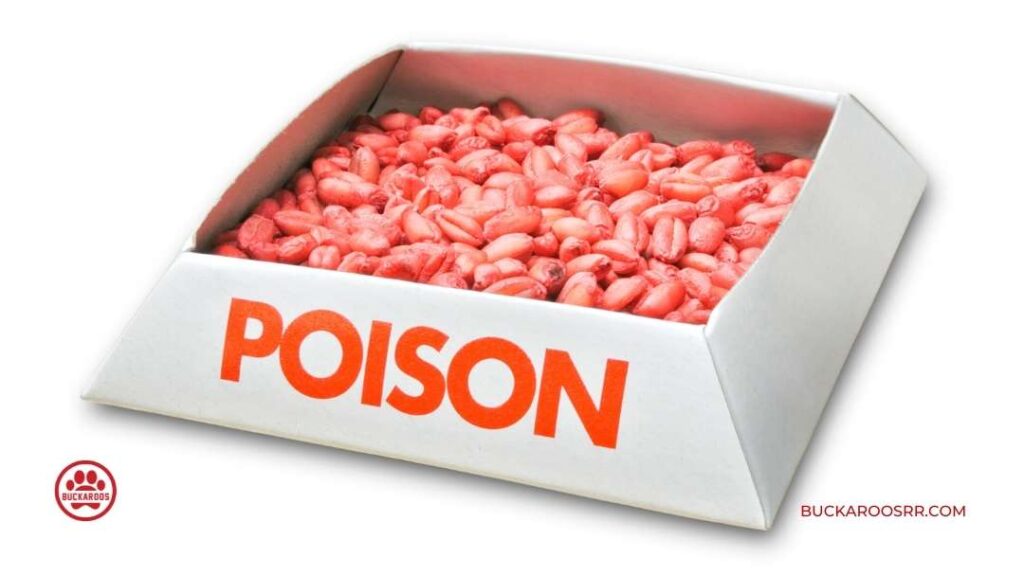
2. Rodenticides – Mouse And Rat Poison
Different varieties of constituents are contained in rodent poison, and they react and impair a dog’s body in different ways. Some ingredients in rat poison can cause internal hemorrhaging and kidney failure, damaging the central nervous system by causing intracranial pressure or high compression within the brain. Rat poisoning can also cause hypercalcemia, where the body produces too much calcium, destroying the kidneys.
The critical point is that some poisons give you a concise treatment window and can be fatal if not acted upon quickly. Even though some poisons need larger quantities to prove crucial, it is rational to seek immediate medical assistance if any such incident occurs. And, of course, try to keep the poison out of your dog’s reach on precautionary terms!
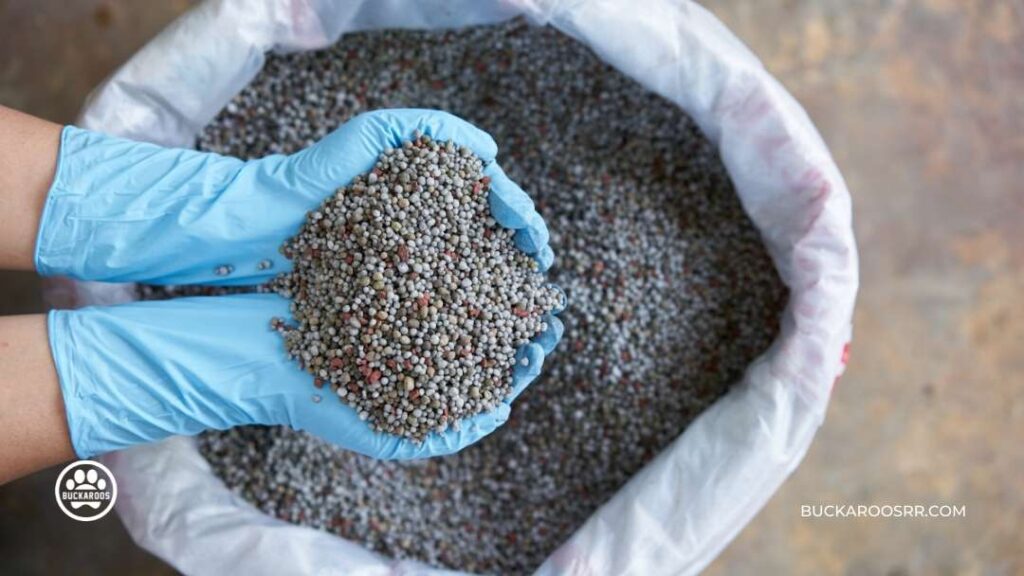
3. Fertilizers (8 Scary Dog Toxins)
Dogs love the taste of blood, bone, and fishmeal that is often found in organic fertilizer. And ingesting it can be disastrous, hence fertilizers are a part of the top 8 scary dog toxins.
While organic fertilizers may not affect your dog severely, artificial ones certainly will. This farm utility contains additives like iron, copper, zinc, sodium, Disulfoton, calcium, and ammonium, which can be poisonous to dogs if consumed in large quantities.
For instance, too much iron will cause iron poisoning, presenting signs like tremors and organ failure. Disulfoton may cause seizures and pancreatitis. Hence if adding fertilizer is necessary, ensure you keep your dog away.
You can:
- Store the fertilizer properly and safely away from your dog.
- Fence the area temporarily where you have added the fertilizer.
- Use pet-friendly fertilizers.
Train your dog to avoid eating inedible stuff. You can hire experts at Buckaroos 360, to help you train your dog successfully.

4. Household Products (8 Scary Dog Toxins)
It’s no secret that many homes contain chemicals and substances that can be incredibly harmful – even toxic – to dogs if they should come into contact with them. While most adults know what’s better and to stay away from the more dangerous chemicals, it’s important to remember that dogs will not know any better. Issues arise when we don’t even know if something is unsafe for them.
A list of some regularly used household items that should be kept away from your dog.
- Ethylene Glycol, known as Antifreeze
- Battery Acid
- Bleach
- Drain cleaner
- Glue
- Detergents
- Fabric softening sheets
- Paint thinners
- De-icers
As responsible dog owners, we must take the necessary precautions to protect our furry friends from harm. This means keeping harmful chemicals and substances out of reach and taking the time to thoroughly clean up areas where they may have been accidentally spilled. keep track of what can make it to the list of top 8 scary dog toxins for your pet’s safety.
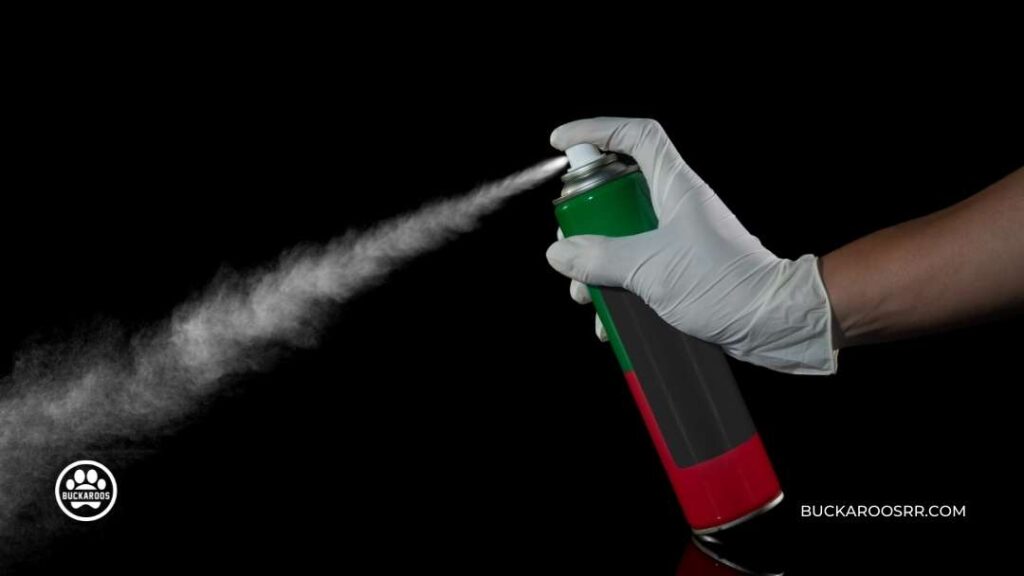
5. Insecticides (8 Scary Dog Toxins)
Insecticides are commonly used to keep pests away from plants and repel fleas and ticks from your dog. The ingredients used in the insecticides and pesticides are the actual culprits. Some chemicals match the contents of the fertilizer itself, like Disulfoton.
Problems arise when an incorrect usage or accidental consumption of the insecticide occurs. It can lead to poisoning; hence you must bring your dog to the veterinarian for decontamination and observation.
Similarly, pesticides commonly used indoors or outdoors, especially on plants, can result in catastrophic issues if ingested or inhaled by dogs. The poisonous pesticides include herbicides, fungicides, bactericides, and larvicides.
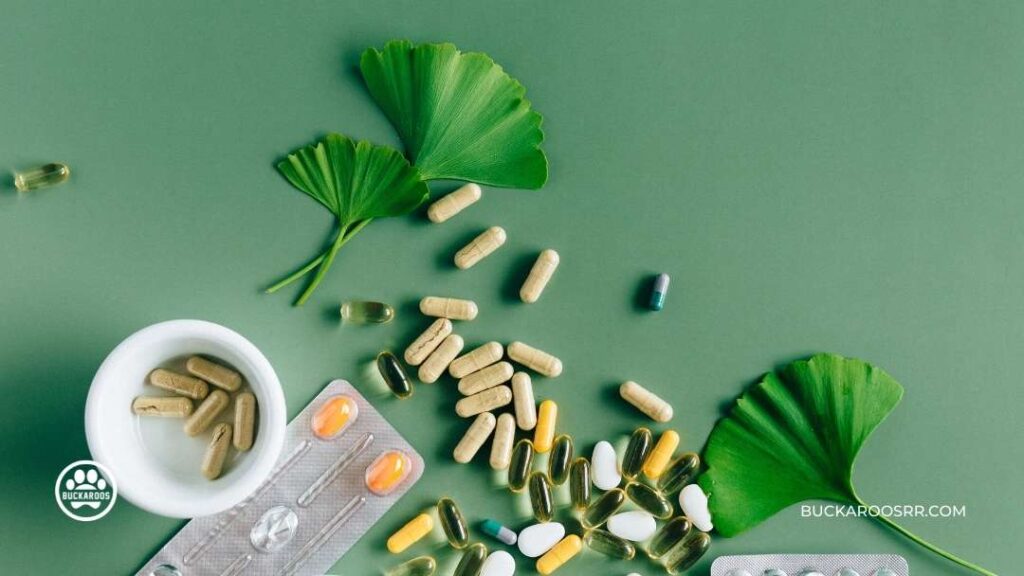
6. OTC Medications (8 Scary Dog Toxins)
Over-the-counter medications for humans can be hazardous for dogs. Even something as simple as ibuprofen can be toxic in large doses. The acetaminophen in Tylenol is not an impressive medicine for your dog to play with. Similarly, many cold and flu medications contain ingredients that can be harmful to dogs. The category also includes herbal and nutraceutical products, especially Vitamin D supplements.
Vitamin D is known to be fat-soluble which means it is not rapidly excreted in the urine like water-soluble vitamins. Access consumption of Vitamin D can lead to accumulation in fat tissue and the liver, which can be toxic and even result in death.
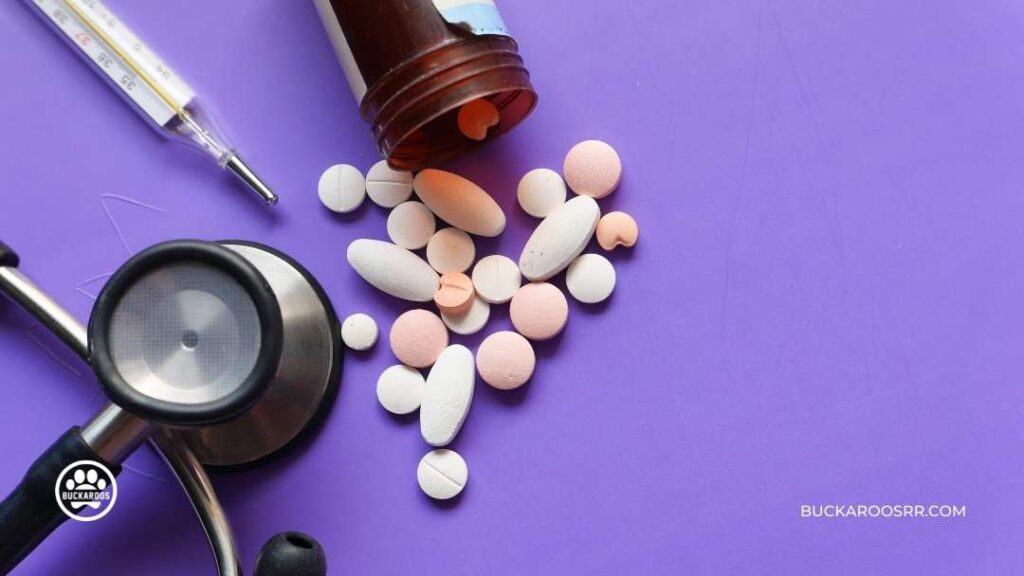
7. Prescribed Medications (8 Scary Dog Toxins)
Remember what the drugs say – keep away from children! As a dog parent, please always read it as ‘Keep away from children and dogs’
No matter how life-saving, medications and drugs prescribed for you can be very toxic and fatal for your dog.
Medicines such as:
Antidepressants: Some are extremely dangerous as they affect the heart and central nervous system almost immediately and need treatment immediately.
Anti-inflammatory – Non-steroidal anti-inflammatory drugs (NSAIDs) can have harmful consequences for dogs if misused. These drugs are designed to reduce inflammation but can also interfere with the chemical processes required for kidney, liver, gastrointestinal, and blood-clotting functions.
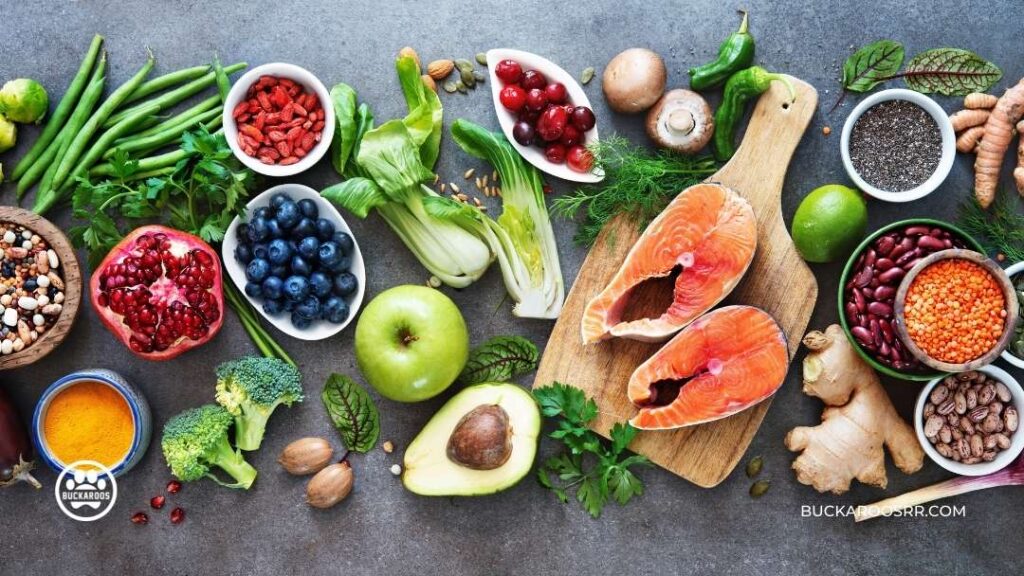
8. Common Foods (8 Scary Dog Toxins)
Why not pop something into your pet’s mouth as they sit beside you at the dinner table? Sounds very casual and loving, but think twice before you do that. you have no idea what regular foods have made their way to the top 8 scary dog toxins. Some everyday foods, including fruits and vegetables, can hold consequences for your munchkin.
Grapes and raisins – an ordinary fruit and dry fruit but a big question mark for the dogs. It is known to cause kidney failure in most dog breeds.
Onions and Garlic – Onions and garlic are common ingredients used in many dishes; however, they can result in health issues for your dogs if ingested in any form – powdered, raw, cooked, or dehydrated. Consuming onions and garlic can destroy a dog’s red blood cells, leading to anemia. Anemia in dogs includes weakness, vomiting, little interest in food, dullness, and breathlessness.
Avocados- Avocados consist of persin, which can be toxic to dogs. If you’re growing avocados at home, keep your dog away from the plants. This substance can be found in avocado leaves, seeds, bark, and fruit.
Macadamia Nuts- Dogs should not eat macadamia nuts or foods containing them because they can be very harmful and even fatal. Just a handful of these nuts can make a dog very sick. Symptoms of poisoning from macadamia nuts include muscle tremors and weakness or paralysis in the lower half of the body. Other symptoms include vomiting, elevated body temperature, and rapid heart rate.
Alcohol- Alcohol has detrimental effects on dogs that are very similar to its effects on humans. A little alcohol can cause stomach issues, central nervous system depression, problems with coordination, difficulty breathing, coma, and even death in dogs. The smaller the breed of your dog, the greater the effect of alcohol will be.
Finally – What Should You Do?
Most of the top 8 scary dog toxins require immediate medical attention if your dog becomes in contact with them! That’s why it’s always important to know where your local emergency vet is and to have the Pet Poison Helpline number on hand for immediate medical assistance and First Aid. Also, consider taking a basic Pet First Aid course from Buckaroos 360 Dog care or any local place that offers these. They can make the difference between life and death in your pet.
What other safety and first aid tips would you like to know about for your dog? Let us know in the comments below!





